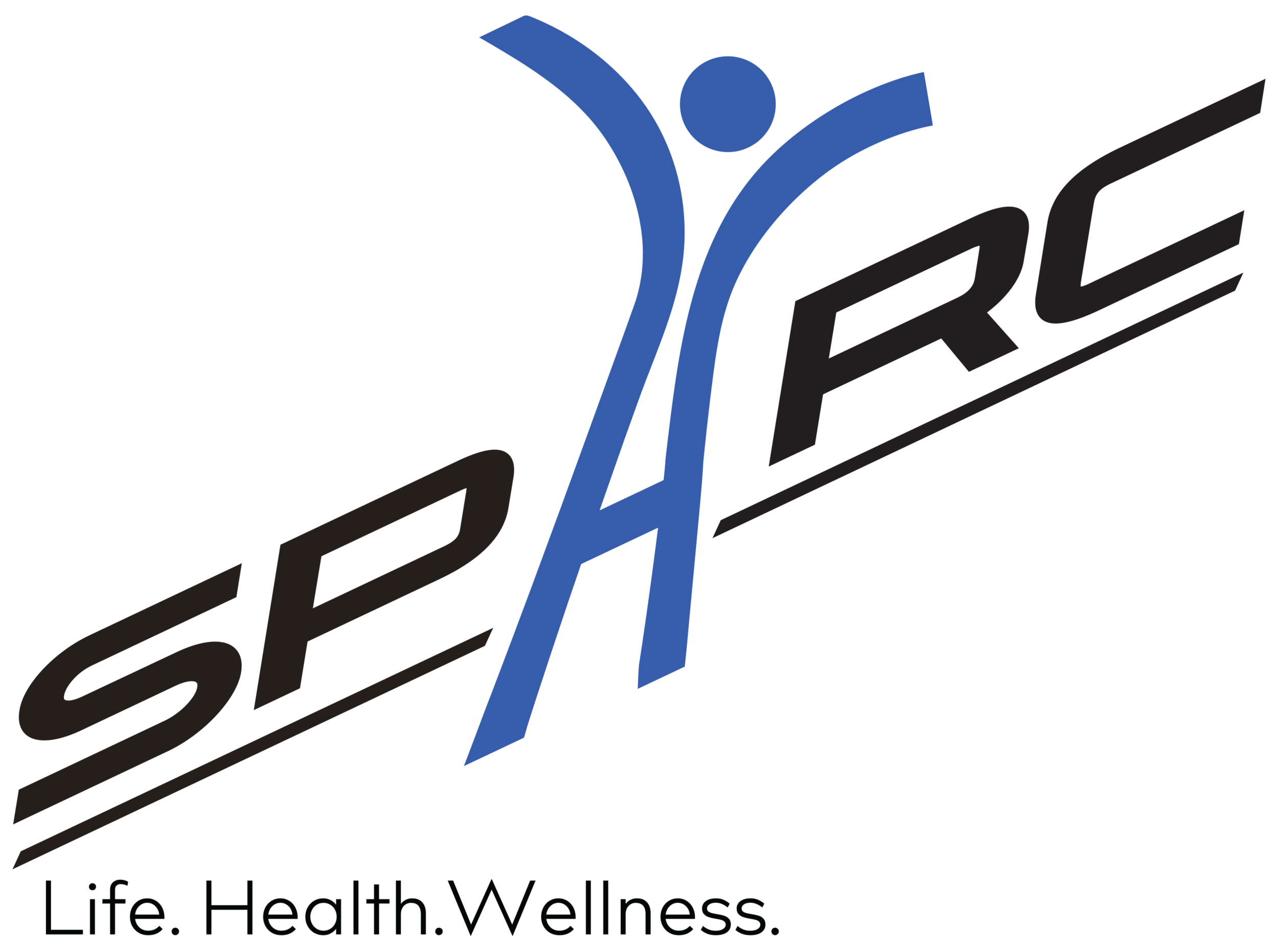Why Choose the FRP Model
There are millions of work injuries in the United States per year (Work Safety Introduction, 2022). Some of these injuries resolve with rest, physical therapy or other traditional interventions. However, there is a growing number of work injuries that don’t respond to conventional medicine. Left unresolved, these injured workers often develop chronic pain and lose their ability to work. This negatively impacts both workers and their employers. The injured worker must cope with pain everyday and lose quality of life while businesses lose productivity. Is there an option that can benefit both parties?
Why More of the Same Doesn’t Work
Can’t we just give these workers more physical therapy and medication? Perhaps not. Those using longer term medications to manage chronic pain may not actually return to work faster. Why?
Chronic pain alone may not be the real hindrance to return to work. Instead, when an injured worker develops a dyad or triad of characteristics, the barrier to successful rehabilitation increases. Those factors are 1) the presence of chronic pain, 2) a mood disorder which develops after the work injury and 3) loss of function like the inability to perform activities of daily living. Over time, neurological changes in the nervous system make pain persist, even if the injured tissue has fully healed (Moseley, 2017). This process can take a tremendous physical and emotional toll on the person with persistent pain. If treatment protocols do not address the neurological roots of pain, the emotional damage and the loss of physical function, chances of success can be slim. Even if someone has their chronic pain “cured”, there still may be leftover emotional and physical barriers that prevent a full return to work.
Treatment Integration
The evidence strongly supports that an integrated, multidisciplinary approach to treating chronic pain is most effective (Hamer et al., 2013). Integrated treatment improves pain management and may lead to decreased pain perception over time. Integrated treatment also helps patients overcome emotional and physical barriers that prevent normal function. This is more likely to facilitate better outcomes for both parties: faster return to work and better quality of life.
How are these integrated approaches structured? Although there is some variety, all truly effective multidisciplinary treatments for chronic pain use the biopsychosocial model (Pergolizzi et al., 2013). In this three-pronged method, treatment addresses the biological and physiological components of pain, the psychological variables that effect pain production and the patient’s coping ability, and the social and environmental context in which that patient lives and manages their pain in.
Functional Restoration Programs (FRPs) do exactly this: treat injured workers with the evidence-based biopsychosocial approach. Instead of viewing a person as just an injured body part, effective FRP’s understand that to help someone restore their function, including return to work, they must be treated holistically as a person. The synergistic benefits of this model go beyond just pain control. Over-utilization of the medical system creates greater healthcare costs. FRP’s teach patients practical skills for managing pain which help them rely less on conventional medicine minimizing long term cost.
The SPARC Method
The SPARC functional restoration program has been successfully helping rehabilitate those with chronic pain for over 20 years. What have we learned? We must keep evolving our methodology as continued scientific research uncovers how best to treat persistent pain. However, we are deeply rooted in the core concepts of the biopsychosocial model: effective use of therapeutic exercise, strength and conditioning exercise, cognitive education focused on practical skills such as pain management, stress control, and sleep hygiene, vocational counseling that assists return to work, and nutrition education for flare-up management, inflammatory control and overall health. Like puzzle pieces, each portion of our program fits together to help patients address what limits their function: pain, mood disturbances, and physical deconditioning.
Our team of professionals, including doctors, psychologists, trainers and coaches, are experienced and dedicated to viewing someone with chronic pain as an individual, not a statistic. We use our model to address the specific needs of each person, giving them the education and tools they need to improve their quality of life. If you’re an injured worker, talk to your doctor about a referral for an FRP evaluation. If you’re a provider or insurance representative, consider both the short term and long term benefits of sending your patients to a quality and evidence-based functional restoration program.
References:
Hamer, H., Gandhi, R., Wong, S., & Mahomed, N. N. (2013). Predicting return to work following treatment of chronic pain disorder. Occupational Medicine, 63(4), 253–259. https://doi.org/10.1093/occmed/kqt019
Moseley, L. (2017). Explain Pain Supercharged (1st ed.). NOI Group.
Pergolizzi, J., Ahlbeck, K., Aldington, D., Alon, E., Coluzzi, F., Dahan, A., Huygen, F., Kocot-Kępska, M., Mangas, A. C., Mavrocordatos, P., Morlion, B., Müller-Schwefe, G., Nicolaou, A., Pérez Hernández, C., Sichère, P., Schäfer, M., & Varrassi, G. (2013). The development of chronic pain: physiological CHANGE necessitates a multidisciplinary approach to treatment. Current Medical Research and Opinion, 29(9), 1127–1135. https://doi.org/10.1185/03007995.2013.810615
Work Safety Introduction. (2022, March 30). Injury Facts. https://injuryfacts.nsc.org/work/work-overview/work-safety-introduction/

